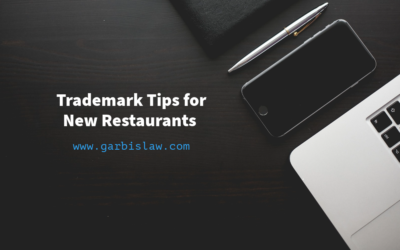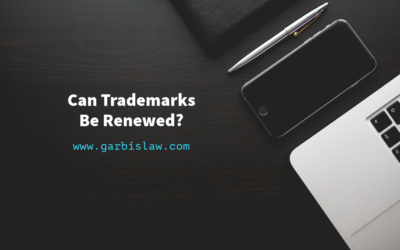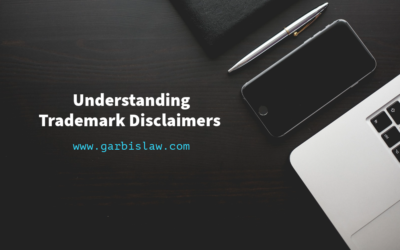Last week, Under Armour, Inc. filed a complaint against Nike, Inc. alleging trademark infringement of its famous mark “I WILL.” Much like how Nike has aggressively protected its mark of “JUST DO IT,” Under Armour has been active in securing trademark registrations for “I WILL.” Everything was fine, until Nike started its own campaign using I WILL:https://www.youtube.com/embed/HNRqJxl2588?rel=0
In its complaint, Under Armour claims Nike’s use of I WILL “infringes Under Armour’s long-established trademark rights, dilutes the distinctiveness of Under Armour’s famous mark, and constitutes unfair competition.” I have to agree with Under Armour on this one. According to the complaint, there has been use of I WILL by Under Armour dating back to 1998. In addition to multiple filings a the United States Patent and Trademark Office (“USPTO”) of “I WILL” that occurred in May of 2012, Under Armour also owns the registration for “I WILL” as it relates to articles of clothing (Registration No. 2409096).
Here’s Under Armour’s latest commercial using the mark:https://www.youtube.com/embed/oYCvIr0fWnM
So how does it infringe? The compelling argument here, as Under Armour states in the complaint, is that Nike’s “unauthorized use is likely to cause confusion, mistake, and deception as to the source or origin…and is likely to falsely suggest a sponsorship, connection, or association of Defendant with Under Armour.” The factors for determining whether or a not a likelihood of confusion exists between similar marks were laid out in In re E. I. du Pont de Nemours & Co., 476 F.2d 1357, 177 USPQ 563 (C.C.P.A. 1973). Those factors are:
- The similarity or dissimilarity of the marks in their entireties as to appearance, sound, connotation and commercial impression.
- The similarity or dissimilarity and nature of the goods or services as described in an application or registration or in connection with which a prior mark is in use.
- The similarity or dissimilarity of established, likely-to-continue trade channels.
- The conditions under which and buyers to whom sales are made, i.e. “impulse” vs. careful, sophisticated purchasing.
- The fame of the prior mark (sales, advertising, length of use).
- The number and nature of similar marks in use on similar goods.
- The nature and extent of any actual confusion.
- The length of time during and conditions under which there has been concurrent use without evidence of actual confusion.
- The variety of goods on which a mark is or is not used.
- The market interface between applicant and the owner of a prior mark.
- The extent to which applicant has a right to exclude others from use of its mark on its goods.
- The extent of potential confusion.
- Any other established fact probative of the effect of use.
These “DuPont Factors” aren’t necessarily given even weight and the analysis varies on a case by case basis. Looking at the factors, specifically 1-5, it seems Under Armour has a very sound argument.
Nike started off the commercial with “We Will,” but then went through individual scenes where “I WILL ________” showed up depending on what that person’s goal was. The “I WILL” was always written in a bolded font and on a line of its own. There’s no question that the goods, services, and trade channels between these two companies are extremely similar.
By running its own “I WILL” campaign, Nike tempted Under Armour to sue it.
Under Armour Just Did It.





